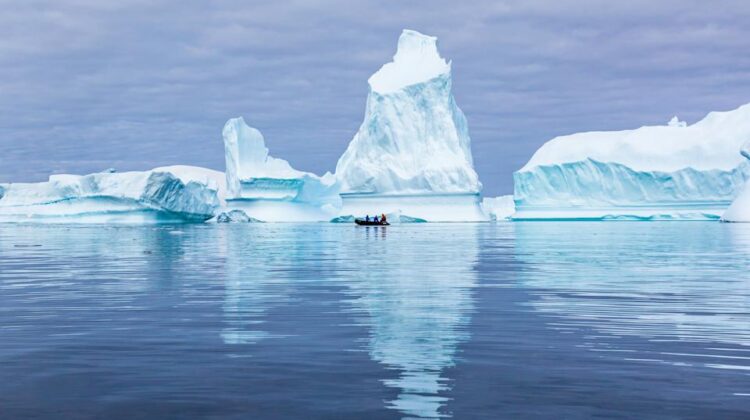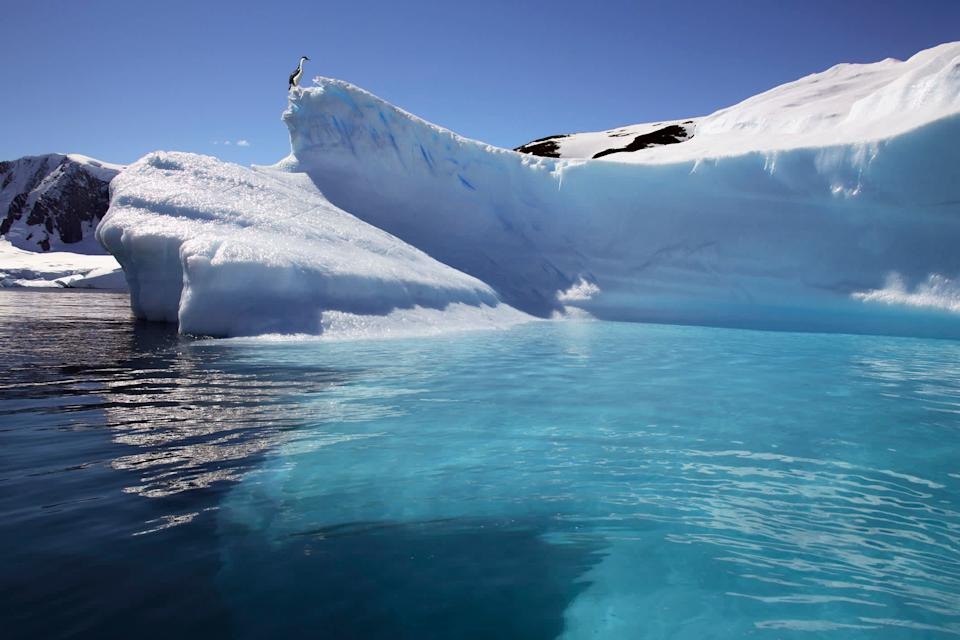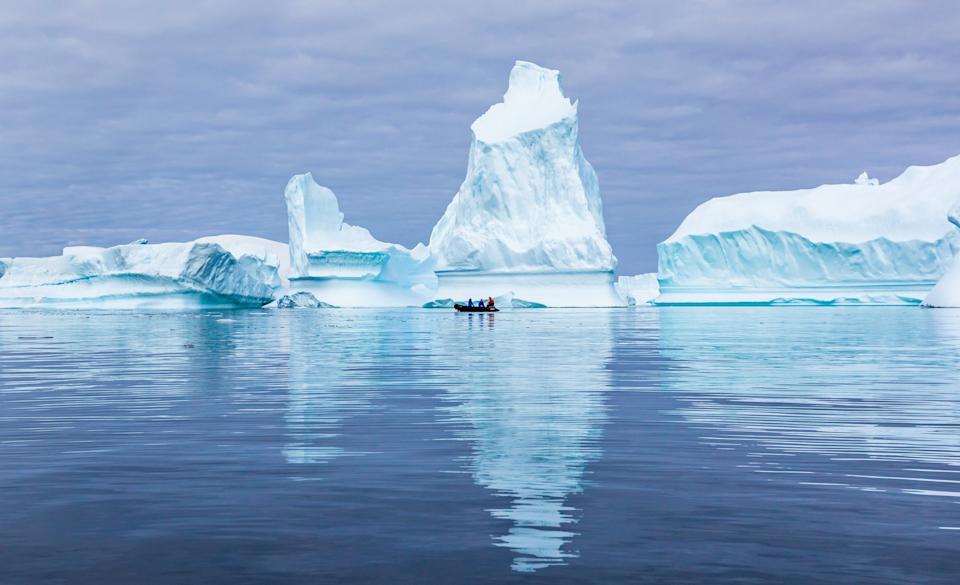
Unveiling Hidden Ice Landscapes That Could Reshape Climate Predictions
In an extraordinary breakthrough, a team of international scientists has uncovered a mysterious ice landscape beneath Antarctica’s floating ice shelves. Using advanced submersibles, researchers mapped the underside of Antarctic glaciers, revealing intricate dips, swirls, and formations that had never been seen before.
Anna Wåhlin, a professor of physical oceanography at the University of Gothenburg, Sweden, expressed her astonishment, stating, “We were surprised — we had to double-check it was real. But we realized, it really does look like this — there are these shapes. There is a landscape of ice down there we had no idea about before.”
The Science Behind the Discovery
Beyond the visual intrigue, this finding holds significant scientific value. The research provides deeper insights into how meltwater from ice shelves influences structural integrity and the movement of ocean currents beneath them. The patterns of melting ice could help refine models that predict the impact of rising sea levels on coastal cities worldwide.

The Looming Threat of Melting Ice
One of the most concerning examples of glacial instability is the Thwaites Glacier, often referred to as the “Doomsday Glacier.” If this massive ice structure melts completely, global sea levels could surge by 65 centimeters (2 feet), posing a direct threat to millions living in low-lying coastal areas.
Alex Brisbourne, a glacier geophysicist at the British Antarctic Survey, warned, “Over the last 30 years, Thwaites’ melt rate has doubled — and we know that acceleration is ongoing. It could speed up significantly at any moment.”
The Role of Climate Change
The primary driver of this alarming trend is human-caused climate change. Rising global temperatures, fueled by carbon emissions, are accelerating glacial melting at an unprecedented rate. This has a cascading effect on the ocean ecosystem, impacting marine life and altering food chains.

For instance, earlier and increased phytoplankton blooms—a critical part of the marine food web—could disrupt delicate ecological balances. While these blooms help absorb carbon, changes in ocean chemistry may eventually hinder their ability to function effectively, further exacerbating climate-related disruptions.
What Can Be Done?
While the outlook may seem dire, individual and collective actions can make a difference. Reducing fossil fuel consumption, increasing energy efficiency, and embracing eco-friendly transportation can all contribute to slowing global warming. Small changes, such as shifting to a plant-based diet and supporting sustainable initiatives, can have lasting benefits for the planet.
This groundbreaking discovery beneath Antarctica’s floating ice shelves is more than a scientific marvel—it is a stark reminder of our changing world. Understanding and addressing these environmental shifts is crucial to preventing catastrophic consequences. As researchers continue to uncover Antarctica’s hidden secrets, one thing remains clear: the time to act is now.

Leave a Reply